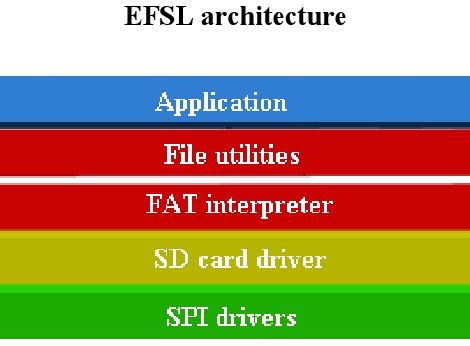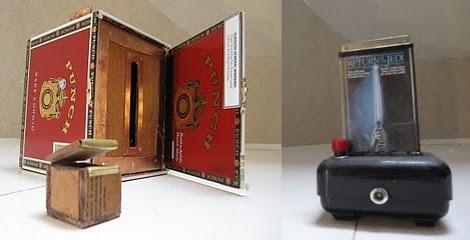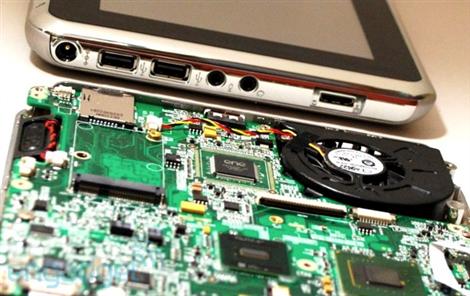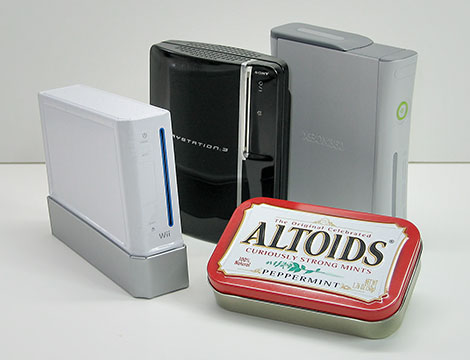
Bot gives head to passersby
This free range robot was spotted at this year’s Kinetica Art Fair. You can place your hand above it and it will stop and pour you a beer. That’s if you consider 7/8 of a glass of head ‘a beer’.

Photo booth adds fun – consumes floor space
Face it, photo booths are fun, and if they’re free a lot of people will use them. This particular booth was built in some guy’s apartment, adding the fun but eating up floor space. But this would be a great build for your next group gathering, just like the Crushtoberfest. [via DVICE]

More human through-hole design
[Fridgehead] stuck and 5mm LED in his earlobe and then used a microcontroller to make it pulse. He’s got quite a mop and that’s where he hides the black controller pack. The next version should be RGB and the smallest surface mount packages he can solder. At least this isn’t disgusting like the LED nipple ring.

Chandelier your wife will never let you install
This 300 LED chandelier uses epoxy coated wires draped around the light ring to resemble a more traditional crystal light fixture. It’ll still be a hard sell if you want to hang this over the dinner table. [via Gizmodo]

A touch of copper
[Zombie84] built a prototype of a robot arm out of copper pipe. There’s not much info here, but you can see some wires in the wrist that appear to function as tendons. This reminds us of the characters from 9.





















